#photo book
Text
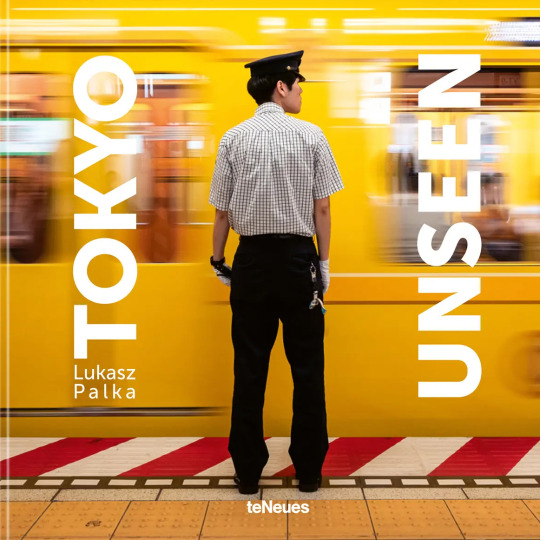
I've published a book of Tokyo Street Photography called TOKYO UNSEEN!
You can get it straight from Amazon!
#tokyo#japan#東京#日本#photography#street photography#street#photo#city#life#people#urban#metropolis#book#photo book#tokyo unseen
497 notes
·
View notes
Text



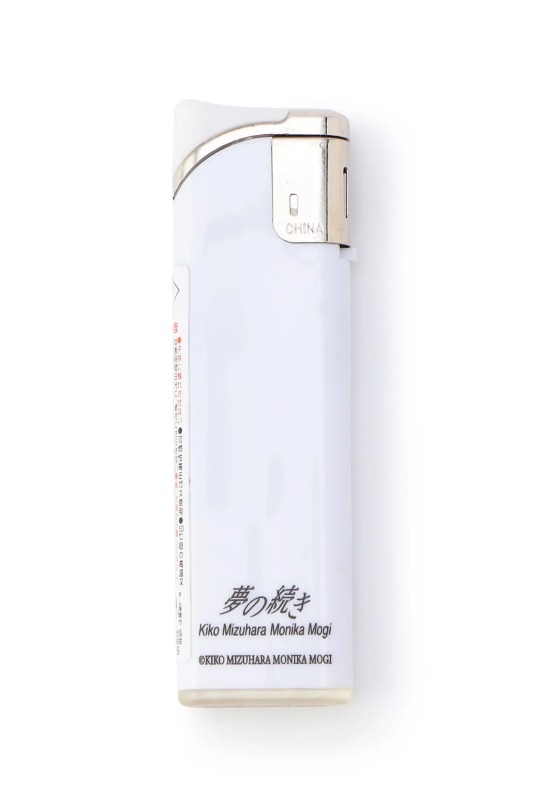

Kiko Mizuhara: Dream Blue (2021)
2K notes
·
View notes
Text

255 notes
·
View notes
Text

Kensington Market, Toronto, 1983
-from the photo book: "Toronto Flashback (1980-1986)" available at Blurb Books.
https://www.blurb.ca/b/7276218-toronto-flashback-1980-1986
130 notes
·
View notes
Text


On the left bank of the Sava River and opposite the old town lies Novi Beograd, New Belgrade, the Serbian capital’s fastest growing municipality. It is a planned city and today’s inhabitants and businesses benefit from its rather modern infrastructure, a distinctive advantage over the old town. Novi Beograd’s construction began in 1948 but especially during 1960s and 1970s the municipality grew and numerous housing blocks and public buildings were erected. Because of these Novi Beograd in recent years has become something of a brutalist icon that is roaming social media platforms but is simultaneously subject to great change due to permanent new construction.
But while most photographers focus on the undeniable appeal of the architecture, Norwegian Marius Svaleng Andresen takes a closer look at the intersection of architecture and everyday life and the architecture in relation to the individual. In his book „Life in the New“, published last years by Kerber Verlag, Andresen explores the actual life going on inside, outside and in between the architecture: in view of the little stories of life the monumental architecture recedes into the background and becomes the stage of day-to-day life. People peeking out from behind the curtain, old men playing cards, a woman cleaning her windows and children running around, all of them populate Andresen’s photographs and bring up the question of what it is actually like to live in Novi Beograd. Apparently the photographer, who is also a journalist, asked himself this question too and met with 12 individuals who tell their own story of living in New Belgrade: there is Mirjana, the widow of a former military airport commander, who has been living in Novi Beograd for more than 50 years and at first didn’t really like it. And there is also Filip, the dog loving graphic designer and rapper, who philosophizes about the stepped volumes of the blocks and how they symbolize his daily struggle to reach the top.
In tandem with his sensible photographs Andersen provides an unusual, more humane portrait of Novi Beograd that is both visually stunning and emotionally touching. A warmly recommended read!
#marius svaleng andresen#architecture#serbia#novi beograd#belgrade#architectural photography#photo book#kerber verlag#book
41 notes
·
View notes
Text





ZHANG HAO ୨🧸୧ 2023 MINI PHOTO BOOK (cr: hao_scan)
#zhang hao#zerobaseone#zb1#zb1net#zb1work#userzb1s#usermygenesis#usermia#higabi#userhops#userdaniz#tuserchrissy#photo book#myedits#.hao
95 notes
·
View notes
Text


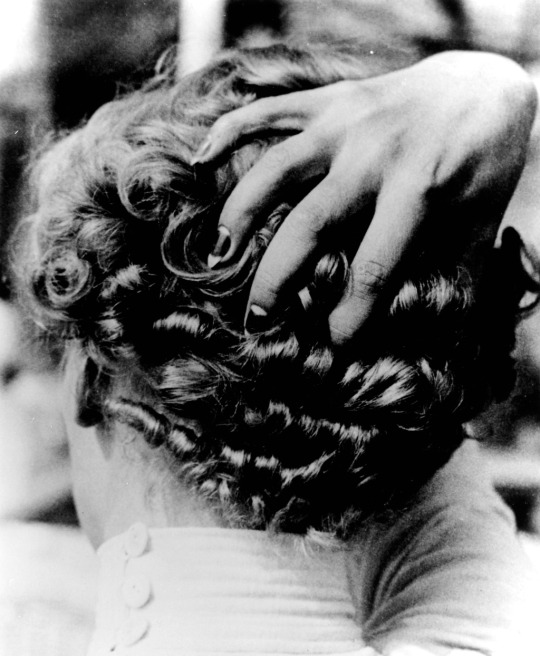
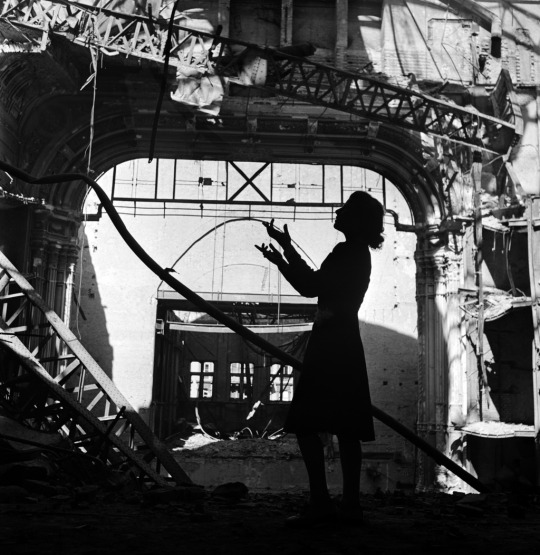

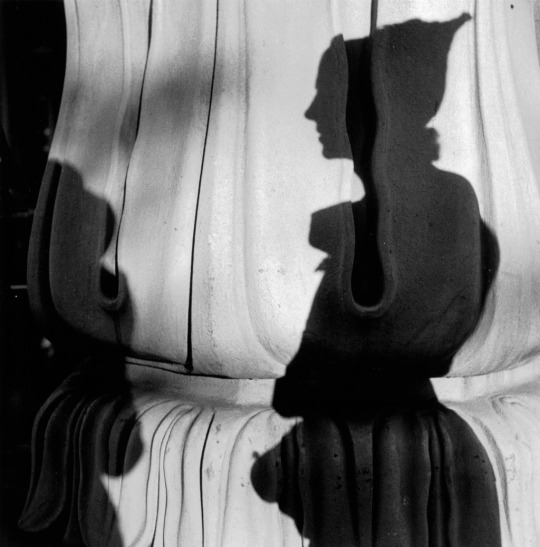


"There were lots of things, touching, poignant, or queer I wanted to photograph." --Lee Miller
Lee Miller led an extraordinary life in her 70 years. While not as appreciated in the photography canon as she deserves to be, or widely known for the pioneering contributions she made, with the publication of Lee Miller: Photographs from Thames & Hudson, along with a new film, Lee, starring Kate Winslet, her story is being freshly shared with a younger generation.
Lee Miller's story is told in these pages by her son Antony Penrose, who also compiled the more than 100 images that reveal Lee Miller's diverse interests from surrealism and solarization to fashion and portraiture to wartime photojournalism. For anyone who has not discovered Lee Miller's work, this new edition from Thames & Hudson is an ideal introduction.
What is not told, respectfully so, is the sexual trauma Lee Miller suffered as a young girl to the peculiar relationship with her father who often photographed her nude. And how these experiences impacted her. Lee Miller endured the best and the worst in people. As a photography correspondent in WWII, she also witnessed the unique horrors of Dachau and Buchenwald concentration camps. While there was much beauty in Lee Miller's life, there was also much unhappiness.
Yet, what a life! Lee Miller's legacy endures. Her passion for art, travel and adventure will always inspire. Lee Miller: Photographs, shows us why her work still matters. --Lane Nevares
#lee miller#© 2023 Lee Miller Archives#All rights reserved. www.leemiller.co.uk#photo book#photography#female artists#thames and hudson
49 notes
·
View notes
Text

Hari Katragadda and Shweta Upadhyay “I’ll be looking at the moon, but I’ll be seeing you”. Self-published in association with Alkazi Foundation for the Arts, New Delhi
"I’ll be looking at the moon, but I’ll be seeing you" is a collaborative project, inspired by the opening scene in Jean Luc- Godard’s Le Mépris (1963) and the Billie Holiday song, I’ll Be Seeing You (1944).
29 notes
·
View notes
Text

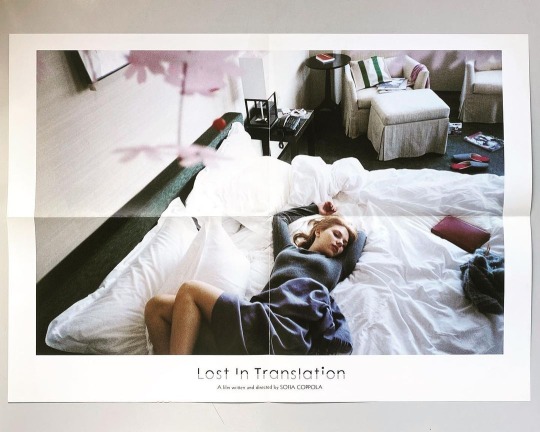


The Lost In Translation Photo Book from out of Japan in 2004.
108 notes
·
View notes
Text

I did it again😁I ordered my second McDanno photo book and included my friend‘s Hawaiian holiday pictures. 139 McDanno pictures. I’m in heaven❤️.
#h50#mcdanno#photo book#what fangirls need#made with the app lalalab#my book#RL stuff#my otp for life
41 notes
·
View notes
Text
I've published a book — TOKYO UNSEEN
800 notes
·
View notes
Text

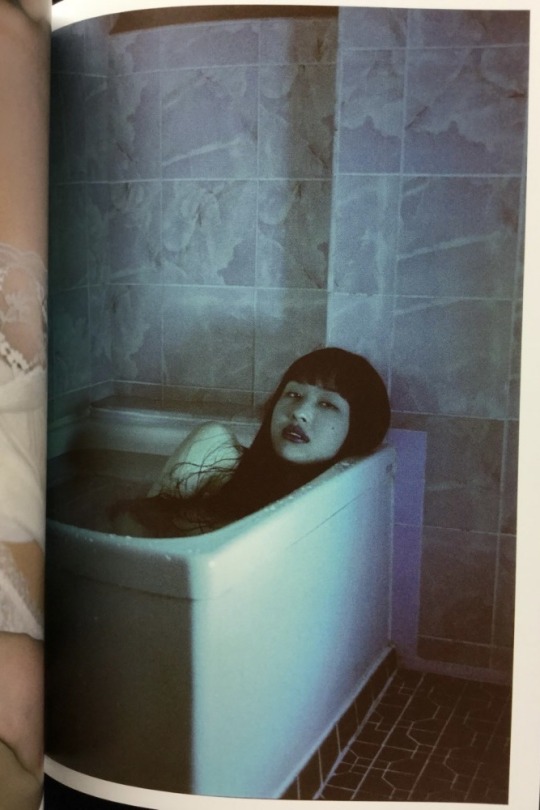
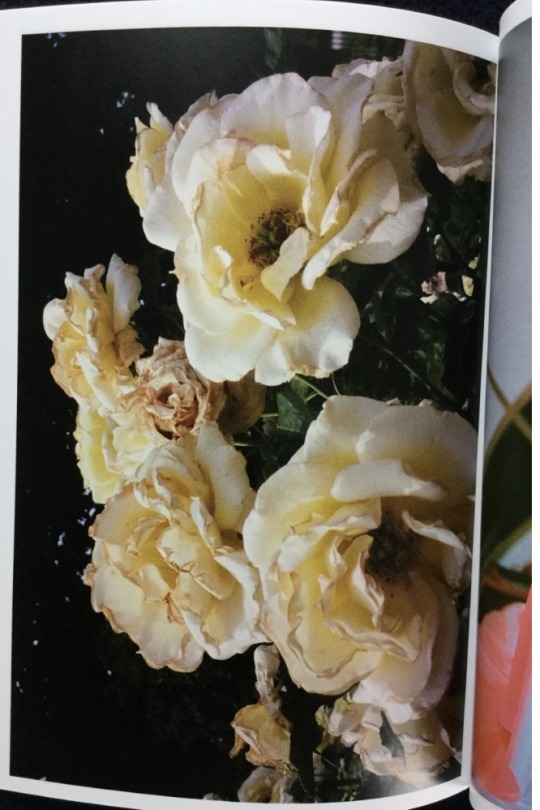





Casper Kent: Somewhere Else (2019)
956 notes
·
View notes
Text

#dear#love#dear love#book#photo book#photooftheday#photography#photo blog#my post#365daychallenge#365 project#photoart#photo a day#sarah#sarah bahbah#aesthetic#girlblogging#girly#booklover#bookblr#pink#pink aesthetic#april 1st#my photos
13 notes
·
View notes
Photo

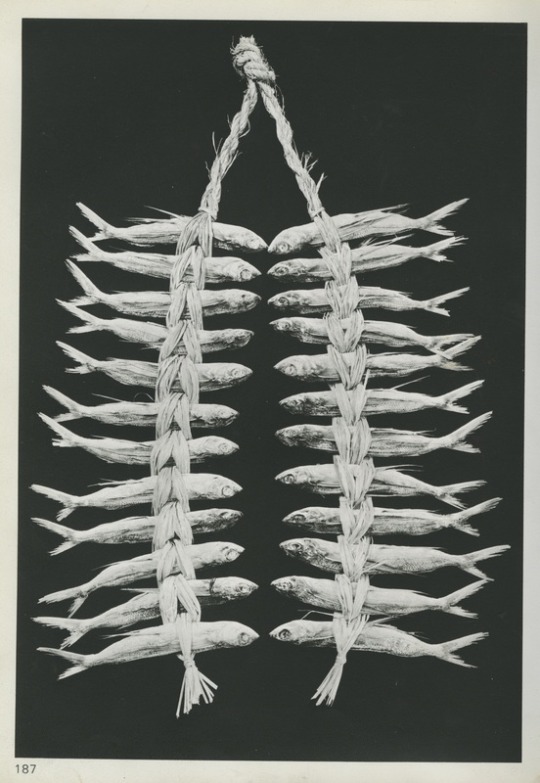
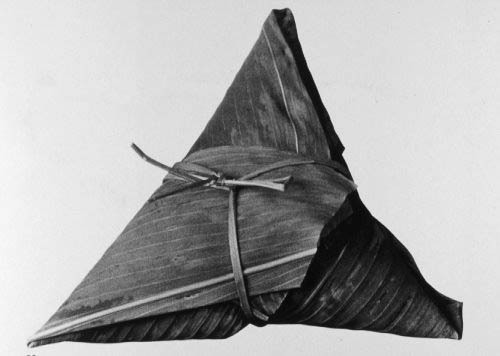
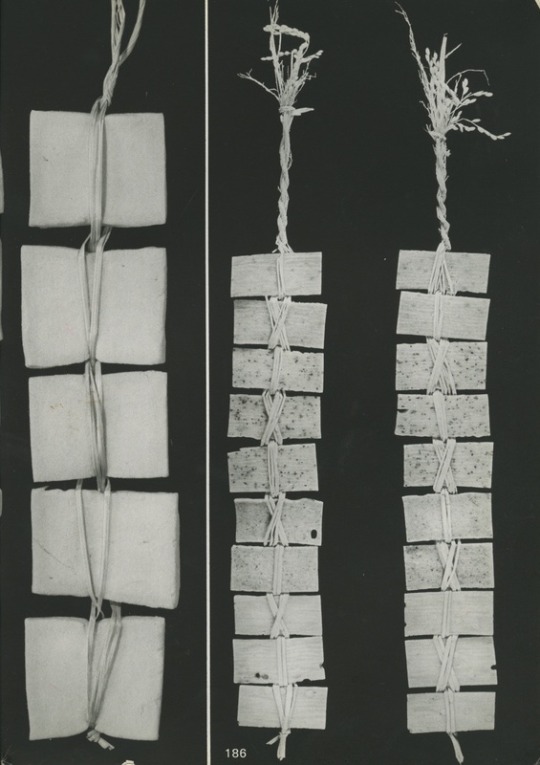

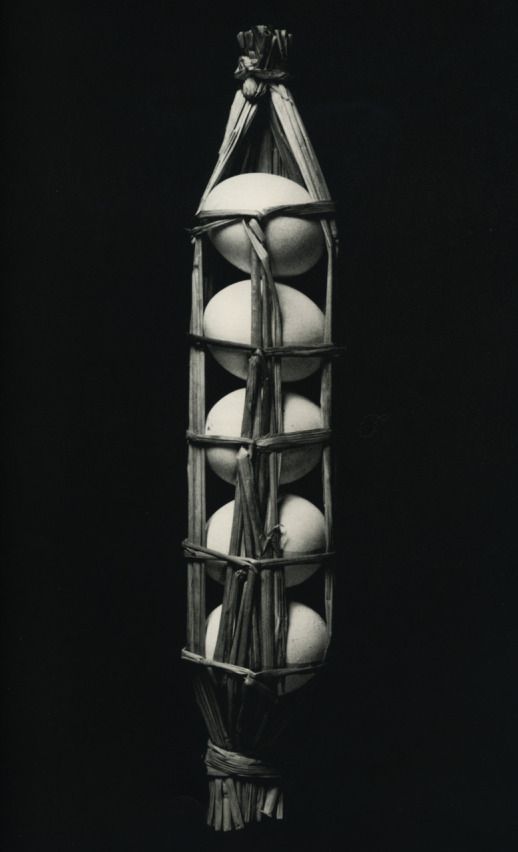
How to Wrap Five Eggs: Traditional Japanese Packaging By Hideyuki Oka
“To suit the needs of super mass production, the traditional natural materials are too obstreperous...and one by one we have replaced them with the docile, predicable synthetics...What we have gained from these [new] materials and wonderfully complicated processes to make up for the general pollution, rush, crowding, noise, sickness, and slickness is a subject for other forums. But what we have lost for sure is what this book is all about: a once-common sense of fitness in the relationships between hand, material, use, and shape, and above all, a sense of delight in the look and feel of very ordinary, humble things...a totally unexpected monument to a culture, a way of life, a universal sensibility carried through all objects down to the smallest, most inconsequential, and ephemeral things.” - George Nelson
#how to wrap five eggs#hideyuki oka#photo book#japanese packaging#traditional packaging#traditional japanese packaging#natural materials#packaging#packaging design#george nelson#design book#documentary photography#pheere
158 notes
·
View notes
Text
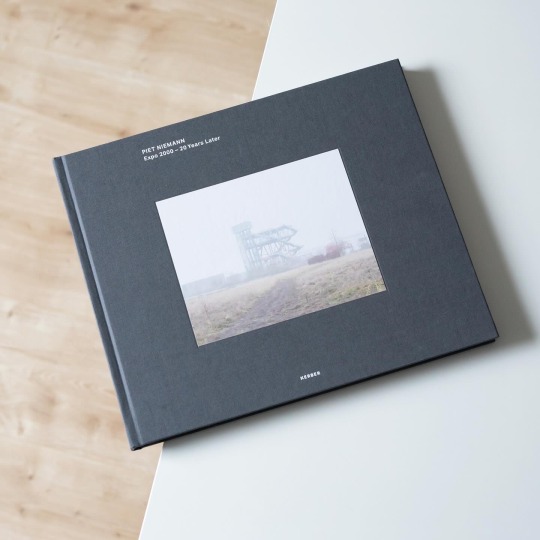

Under the motto „Man, nature, technology - A new world is emerging“ the Expo 2000 in Hannover, Germany, sought to kickstart the new millennium with a promising and sustainable outlook into the future: 155 countries exhibited on a total of 160 hectares, often in specifically designed pavilions. Between June 1 and October 31 some 18 million visitors came to see the Expo but once it was over the vast Expo area fell into a sleeping beauty slumber: although much of the infrastructure survived and many of the exhibition pavilions were demolished, demounted, re-used or translocated, landmark buildings like the Dutch pavilion by MVRDV rotted away as if to prove the Expo’s general secretary wrong: prior to the exhibition she stated that „There will be no ruins“, a noble yet unfulfilled wish.
This statement also concludes Piet Niemann’s book „Expo 2000 - 20 Years Later“, a photographic exploration of the former Expo area in Hannover published last year by Kerber Verlag. In 2020 Niemann, an architectural photographer who dedicates his free works to the long-term observation of places and the changes they undergo, set out to take stock of the current state of the area and its buildings: with great precision he documents how nature reclaimed certain areas, businesses repurposed the former exhibition architecture and also shows the previously mentioned Dutch pavilion as a derelict steel skeleton, swathed in fog and awaiting an uncertain future. But as architect Jacob van Rijs of MVRDV reveals in his essay the pavilion’s future isn’t uncertain anymore, instead it is slated for transformation into a permanent building, a circumstance that makes the photos all the more timely as they document the beauty of a ruin before its changed forever.
In general Niemann’s photos convey a sense of other-worldliness that leaves the readers wondering if the area has been frozen in time as a past idea of the future. A fantastic new look at an almost forgotten part of German history!
#piet niemann#kerber verlag#architectural photography#expo 2000#architecture#germany#architectural history#photo book#book
20 notes
·
View notes
